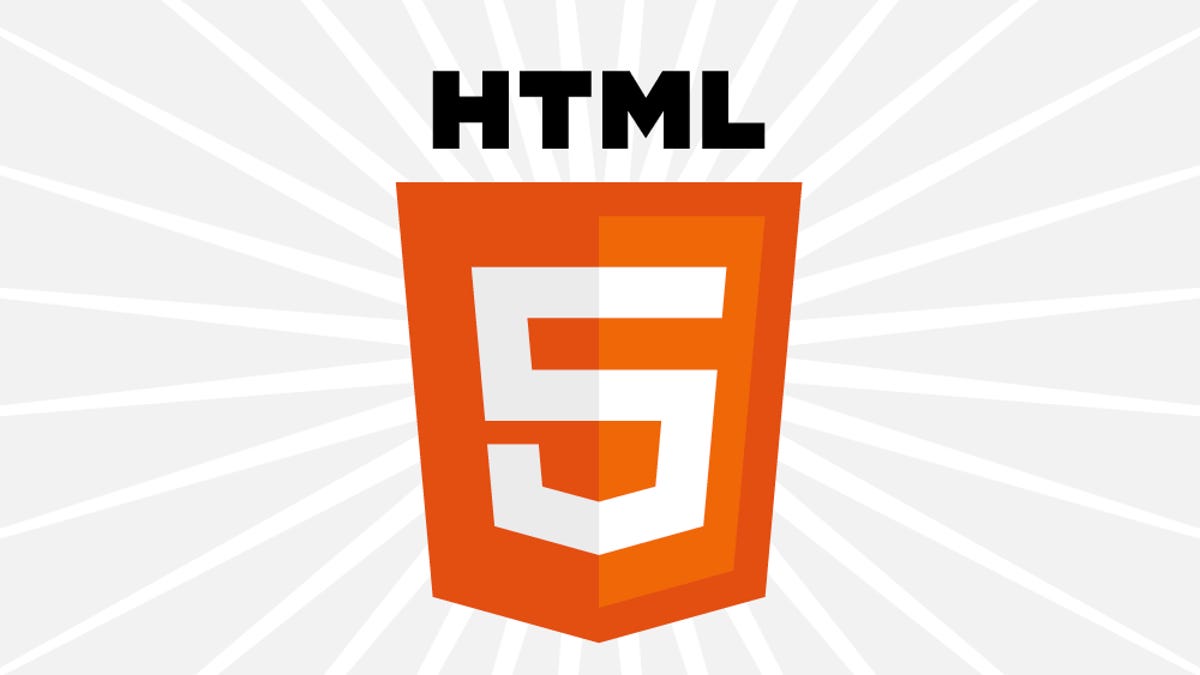W3C names not one, but four HTML5 editors
In a new approach, two Microsoft employees, an Apple employee, and an independent consultant now edit the W3C's "snapshot" version of the fundamental Web standard.

The World Wide Web (W3C) Consortium has named four members of the computing industry to lead standardization of HTML5, the overhauled version of a standard that underlies the entire Web.
The four editors are Travis Leithead and Erika Doyle Navara, both of Microsoft, Ted O'Connor from Apple, and Silvia Pfeiffer, consultant at Ginger Technologies. Paul Cotton, one of the HTML Working Group's co-chairs, announced the new editors in a mailing list message yesterday.
Hypertext Markup Language (HTML), which governs how programmers describe Web pages and how browsers interpret that coding, was born at the CERN nuclear physics lab near Geneva. But along with Hypertext Transfer Protocol (HTTP), which governs how Web browsers request pages from Web servers, it spread like wildfire across the entire globe.
After publishing version 4.01 in 1999, the W3C abandoned HTML development in favor of an incompatible standard called XHTML 2.0. Browser makers Mozilla and Opera weren't happy about the decision, though, and advanced HTML on their own by founding the Web Hypertext Application Technology Working Group (WHATWG). Apple signed up, too, and ultimately the W3C chose to pick up HTML again.
The WHATWG remains involved, though, meaning two groups have been overseeing the HTML revamp.
WHATWG member Ian Hickson, formerly of Opera and now a Google employee, has been editor of the versions of HTML maintained both at W3C and at WHATWG. The two groups have different agendas, though: Hickson prefers a "living standard" approach that produces a continuously updated version of HTML, whereas the W3C is working creating a stable "snapshot" of HTML5. Consequently, Hickson stepped down from the W3C's HTML editor position, and the W3C announced the new editors.
Although some tensions remain between various individuals from the two camps, and although stewardship of the future of HTML is more complicated, the efforts aren't separate.
"W3C sees this as an ongoing partnership," spokesman Ian Jacobs said.

